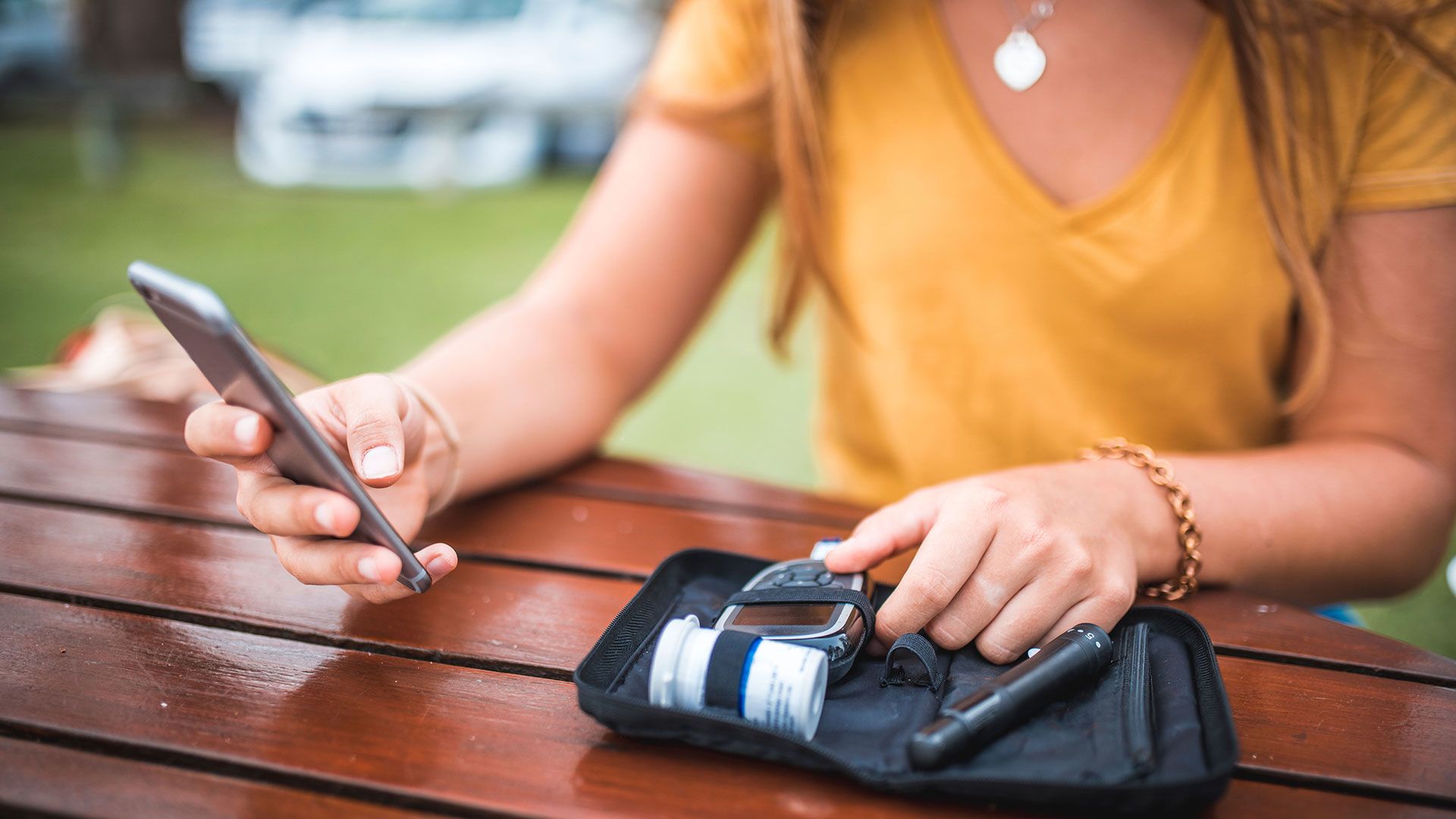Updated on February 13, 2025
Diabetes may be prevented if it's caught early enough. It's a major cause of death in the United States, a fact that should motivate every at-risk adult to put diabetes screening at the top of their to-do list.
When should you get screened for prediabetes and type 2 diabetes? Expert guidelines differ slightly.
- The American Diabetes Association is the leading nonprofit organization dedicated to diabetes care and prevention in the U.S. They recommend screening adults who are overweight or have obesity with any additional risk factors for diabetes at any age. They recommend that all adults start screening at age 35.
- The United States Preventive Services Task Force is a group of independent experts that provide guidance for the government. They recommend that adults who are overweight or have obesity start screening at age 35.
People with certain risk factors may begin screening at a younger age. Talk to a healthcare provider about what time is best for you to begin screening.
Regular blood sugar tests are also important for people already diagnosed with diabetes. These tests, performed both at home and at a healthcare provider’s office, tell you how well you're controlling your blood sugar—a prerequisite to living healthy with diabetes. Ask your HCP how often you should test your blood sugar.
Several types of tests can check for prediabetes, type 2 diabetes, and type 1 diabetes. All of them measure your blood glucose (sugar) level but under different circumstances.
Fasting plasma glucose (FPG) test
This test measures your fasting blood sugar levels and is the preferred test for diagnosing diabetes. You'll be asked to fast overnight and give a blood sample in the morning before you've eaten anything. This test is used to diagnose prediabetes, type 2 diabetes, and type 1 diabetes.
What test results mean:
- Normal: Lower than 100 mg/dL
- Prediabetes: 100 to 125 mg/dL
- Diabetes: 126 mg/dL or higher
Oral glucose tolerance test (OGTT)
This test measures how your body responds to a sugar "challenge." After fasting overnight, your fasting blood glucose is tested. You'll then be given a sugar solution to drink and your blood sugar will be tested over the next few hours. This test is used to diagnose all types of diabetes.
What the test results mean:
- Normal: Less than 140 mg/dL
- Prediabetes:140 to 199 mg/dL
- Diabetes: 200 mg/dL or higher
Hemoglobin A1c (HbA1c) test
Unlike other tests, which measure blood sugar levels at a specific time, this test measures your average blood sugar level over the past three months. Take this test every six months if your diabetes is well-controlled, and every three months if it's poorly controlled.
What the test results mean:
- Normal: Below 5.7 percent
- High risk: 5.7 to 6.4 percent (the A1C is normally used to monitor, not diagnose, prediabetes)
- Diabetes: 6.5 percent or above
To confirm a diagnosis of diabetes, a repeat test must be done on a different day. A second test is not required for a diagnosis of prediabetes unless you're considering treatment with medication. Medication for prediabetes is not recommended without a confirmed diagnosis of both impaired glucose tolerance (IGT) and impaired fasting glucose (IFG).
A random blood sugar test may be used to diagnose diabetes if there are also distinct symptoms that strongly suggest diabetes. A random glucose test may be given at any time, and whether or not you've recently eaten. A result of 200 mg/dL or higher indicates diabetes.



